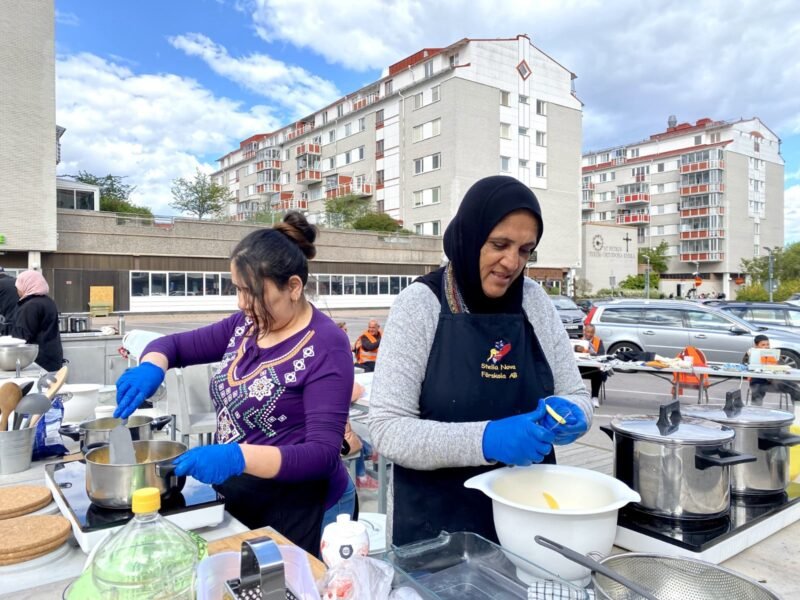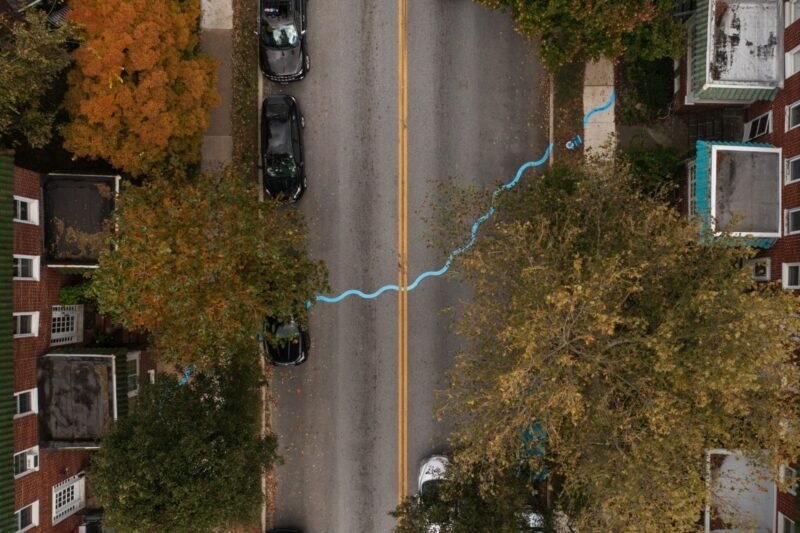Public Seating on Top of Parked Cars
Benedetto Bufalino presented his newest parklet installation at Concéntrico 05, an International Festival of Architecture and Design in Logroño. It's another creation in his visionary series that give an alternative life to cars.
Bufalino has done it again. His past projects have been notorious for their creativity and abnormality. He has already transformed a car into a ping pong table, and has created a fully-functioning pizza oven from an old car, just to name a few. But this time, Bufalino has taken his imagination to new heights, by conceptualising a wooden terrace parklet. But it’s not just any traditional parklet. Staying true to his poetic style, he has imagined the parklet in the most unconventional setting, by placing it on top of the cars parked.

This wooden terrace parklet is a continuation of Bufalinos love for the atypical. The parklet, located at Parking El Espolon in Logroño, is built directly on top of three vehicles, aligning naturally to the shape of the cars. This offers more dynamism to that of traditional parklets while also giving new use to the cars as part of the parklet. Bufalino has designed this as a space that invites passers-by to sit down, talk and enjoy their surroundings, providing both purpose and a visual escape for people, who would otherwise be looking at dull scenery — proving once again that his imagination has no limit.
https://www.instagram.com/p/BwrUfVWj93B/Parklets have become increasingly popular in cities worldwide. They provide new innovative spaces and a different ways to experience the city. Their uses are varied, from creating more green spaces, promoting more public interaction or generally provide more space for people. Many European cities have followed the trend of parklets in different ways, such as Vienna, where citizens were able to create their own pocket parks via an online guide. Dutch bicycle brand Union is also seeking to improve spatial use in Amsterdam by replacing street parking spots with bicycle sheds instead. This initiative is both an active measure to continue Holland’s legacy as a bicycle nation and a way to create more useful space for its residents.



